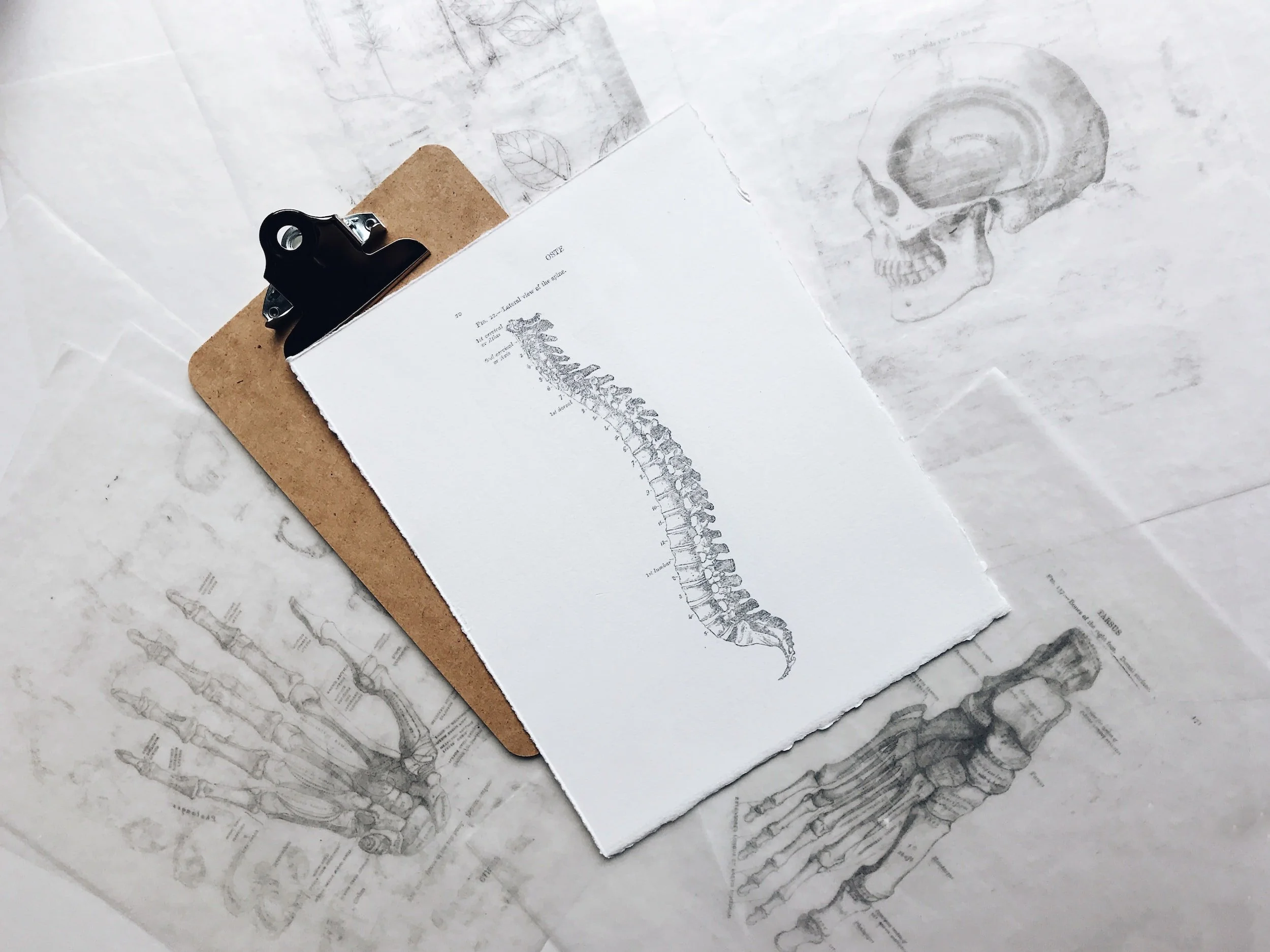I am 21 weeks pregnant and doing my prenatal yoga with Kavita Ma'am since last 2 months. She is absolutely perfect in her work. Initially had offline sessions with her but than shifted to Bangalore so doing online sessions with her. She takes care of how much exercise is appropriate for me individually and changes accordingly to my health. She takes care of each and everything though online or offline. I am very happy with many good changes in me. She makes sure that all my sessions are interesting.
I recommend her for pre natal classes and I am sure she will be equivalently good in post natal and normal yoga too.
Flat feet, also known as pes planus or fallen arches, is a condition in which the arch of the foot collapses, causing the entire sole of the foot to come into contact with the ground. Flat feet can cause pain and discomfort, and may lead to other foot problems.
Yoga may be helpful in managing flat feet by strengthening the muscles in the feet and ankles. Here is a case study of how yoga helped a person with flat feet:
A 35-year-old woman with flat feet had been experiencing pain in her feet and ankles for several years. She had tried various forms of treatment, including orthotic inserts and physical therapy, but her symptoms persisted. She decided to try yoga as a way to improve her foot and ankle strength.
We started with basic yoga poses, such as downward-facing dog, warrior 1, and tree pose. We then incorporated exercises specifically designed to strengthen the feet and ankles, such as toe taps and ankle rotations.
After several months of consistent practice, she noticed a significant improvement in her foot and ankle strength and a reduction in her pain. She was able to walk longer distances and stand for longer periods of time without experiencing discomfort.
While this is just one case study, it suggests that yoga may be a helpful complementary treatment for people with flat feet.
Ms. X had been struggling with depression for several years following a broken marriage. She had low self-confidence and had become isolated and unable to work or interact with others. In an effort to help her manage her depression, we introduced her to restorative yoga.
Restorative yoga involves holding poses for an extended period of time, often with the use of props like blankets and blocks, in order to allow the body and mind to fully relax. This practice helped Ms. X reduce her stress and improve her overall physical and mental well-being. We also incorporated pranayama (breathing exercises) like diaphragmatic breathing and bhramari, which helped to bring a sense of calm to her mind.
We continued these practices for about 10 weeks, and by that time, Ms. X was feeling better and more confident. She gradually transitioned to a regular yoga practice.
It's important to note that while yoga and restorative yoga can be beneficial as part of a comprehensive treatment plan for depression, they should not be used as a replacement for evidence-based treatments like medication or therapy.
As a yoga instructor, it's not uncommon to encounter students who come to our classes with physical limitations or discomfort. One common issue that many students deal with is chronic back pain. While yoga can be an effective way to alleviate back pain, it's important to approach these situations with care and sensitivity, as every student's body is unique and will require a personalized approach to treatment.
One of our students, let's call him Mr.J, has been struggling with severe back pain for years. Previously he had an active lifestyle and also used to play sports but the pain was a hindrance to following that.Despite seeking various forms of treatment, he has found little relief. Mr.J was hesitant to try yoga, as he was concerned that the physical demands of the practice might exacerbate her pain. However, with the encouragement of her doctor and a recommendation from a friend, he decided to give it a try.
Mr. J started attending our therapysessions, and we worked closely with him to modify poses and provide support as needed. We also recommended that he try using props, such as blocks and straps, to help him find proper alignment and support his body. Mr.J was diligent in his practice and began to notice improvements in his back pain within a few weeks.
As his confidence grew and pain decreased, he was able to gradually move on to more advanced classes. He credits his regular yoga practice with helping manage his chronic back pain and improve the overall quality of his life.
Mr.J's story is a testament to the benefits of yoga for those dealing with chronic pain. If you or someone you know is struggling with back pain, we encourage you to give yoga a try. It's important to consult with a healthcare professional and a certified yoga instructor to determine the best course of action and to ensure that you are practicing safely and comfortably. With patience, dedication, and the right support, yoga can be a powerful tool in managing chronic back pain and improving overall well-being.
Mrs. Desai is an 80-year-old woman who was recently diagnosed with a 90% blockage in two of her cardiac arteries. She was referred to a cardiologist and began taking medication to manage her condition, but was interested in exploring complementary therapies to support her healing.
Mrs. Desais daughter suggested that she try yoga therapy, and she agreed to give it a try. She began attending thrice weekly yoga therapy sessions with me.
During the sessions, Mrs. Desai learned various yoga poses and breathing techniques that were tailored to her needs and abilities. We also provided her with guidance on how to incorporate these practices into her daily routine at home.
Over time, she noticed that she had more energy and felt more relaxed and balanced. She also reported a decrease in her symptoms, such as shortness of breath and chest discomfort.
Mrs. Desai continued to work with her cardiologist and take her medications as prescribed, but she found that the yoga therapy was an effective complementary treatment that supported her overall well-being. She has been following this routine for the last 5 years.
Yoga therapy can be a helpful complementary treatment for an elderly patient with heart blockage. It is important to note that every individual is different, and the effectiveness of yoga therapy may vary. It is always important to consult with a qualified healthcare professional when considering any treatment option.
The patient, a 54 year-old female, had been diagnosed with ALS (Amyotrophic Lateral Sclerosis) approximately 5 years prior to beginning yoga therapy. At the time of starting therapy, she had experienced significant muscle weakness and loss of mobility, particularly in her lower limbs and the left hand. She was unable to stand or walk without assistance and had difficulty with basic activities of daily living such as dressing and bathing.
The patient began attending weekly yoga therapy sessions, in which she participated in a variety of gentle stretching and strengthening exercises designed to improve her mobility and flexibility. The sessions also included breathing and relaxation techniques to help the patient manage any associated pain and discomfort.
Over the course of 5 weeks, the patient's mobility gradually improved. She was able to stand for longer periods of time and eventually progressed to being able to take a few steps without the assistance of a walker. She also reported feeling less pain and discomfort, and overall had an increased sense of well-being.
In conclusion, the use of yoga therapy appeared to be beneficial for this patient with ALS. The regular practice of gentle stretching and strengthening exercises, combined with relaxation techniques, helped improve her mobility and reduce pain and discomfort.







